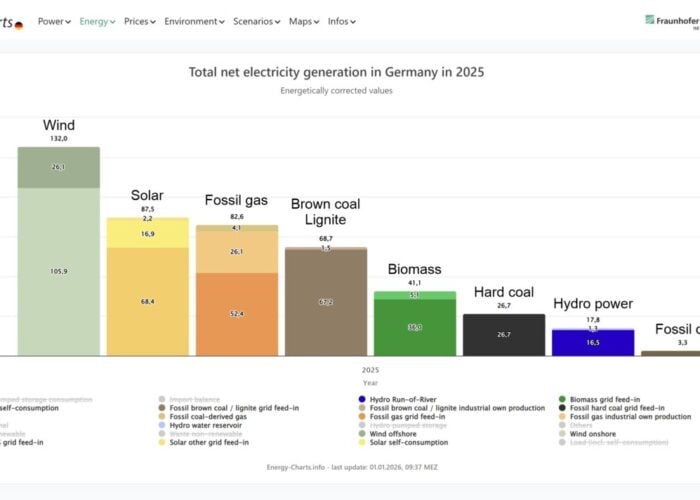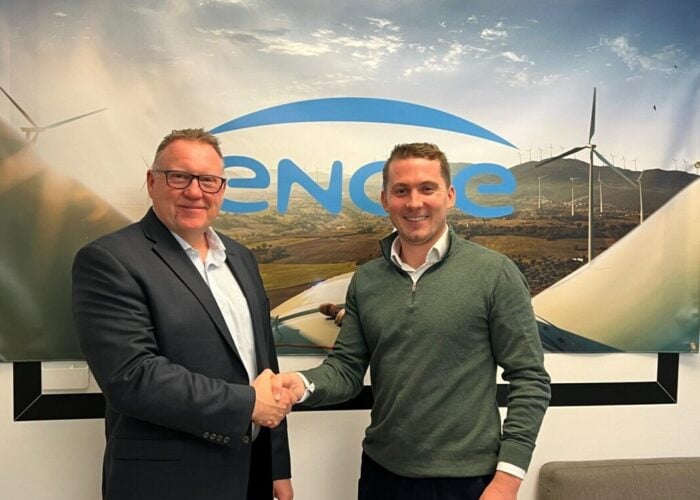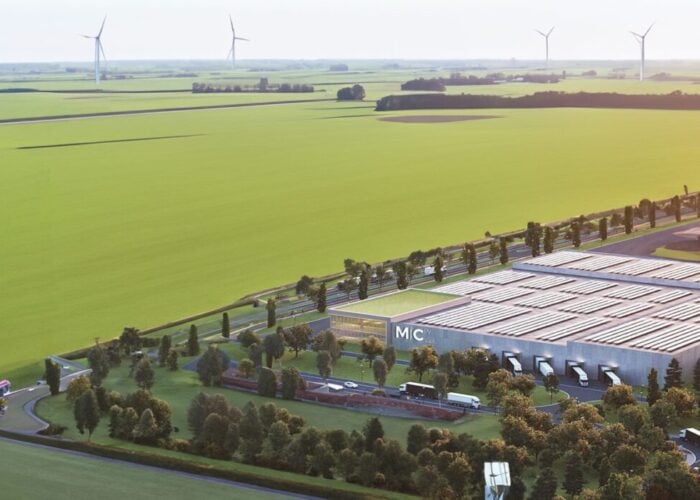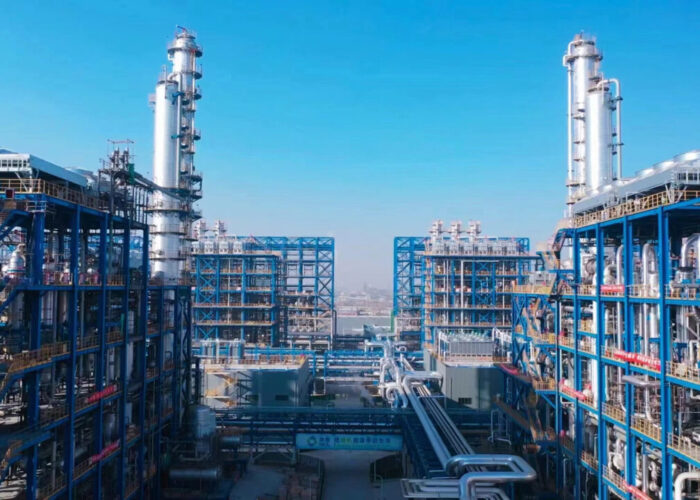Panansonic has produced an advanced version of its hybrid HIT solar cell with a record conversion efficiency of 24.7%, 0.8% higher than before.
According to Panasonic the record cell was produced in the lab, using a cell surface area of 101.8 cm², with an n-type wafer thicknes of 98 µm.
Try Premium for just $1
- Full premium access for the first month at only $1
- Converts to an annual rate after 30 days unless cancelled
- Cancel anytime during the trial period
Premium Benefits
- Expert industry analysis and interviews
- Digital access to PV Tech Power journal
- Exclusive event discounts
Or get the full Premium subscription right away
Or continue reading this article for free
Panasonic claimed that the 24.7% conversion efficiency, verified by Japan’s National Institute of Advanced Industrial Science and Technology, is the highest rated of any crystalline silicon-based solar cell of 100 cm² and above size used in practical production modules, based on an internal study of published data to date.
Previously, Panasonic had reported a record HIT cell efficiency of 23.9%, however the new record is also 0.5 percentage points higher than the previously published record, set by SunPower.
Panasonic said that a key breakthrough in producing the record cell was the ability to significantly reduce the recombination losses by depositing a high quality amorphous silicon layer onto the monocrystalline silicon substrates surface.
Recombination loss refers to a reduction in current and voltage output from the solar cell caused by positive and negative electrical charge (carriers) generated within the solar cell then combining within the solar cell and thus cancelling them out.
However, the company also developed a new deposition process of even higher quality but with a less damage to the surface of the substrate that also reduced recombination losses further, resulting in an open voltage (Voc) of 0.750V, up from 0.748V.
A second key development was a reduction in optical loss from the transparent conductive coatings (TCO) and the amorphous silicon layer covering the substrate by reduced absorption loss.
Improved electrical current was also supported by a reduction in shading by reducing the surface area of the grid electrode on the cell surface. As a result Panasonic said that the density of the short-circuit current (Jsc), or the maximum current generated by the solar cell had been improved from 38.9 mA/cm² to 39.5 mA/cm².
Resistive losses were also reduced within the grid electrode via an electrode with a higher aspect ratio. This resulted in the fill factor (FF) improving from 0.822 to 0.832.
Panasonic followed the industry norm by not saying when the process developments used to achieve the record cell efficiencies would enter volume production. However, the company said: “Panasonic will focus on applying this newly developed high-efficiency technology to mass production products.”






